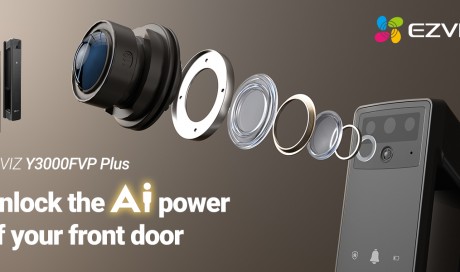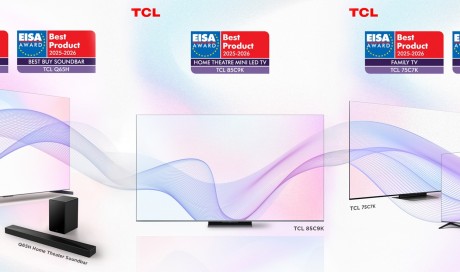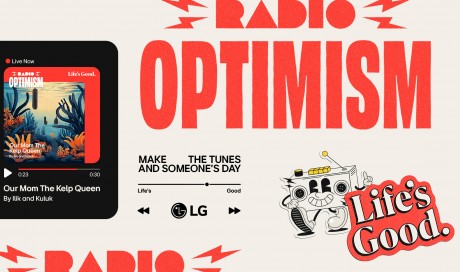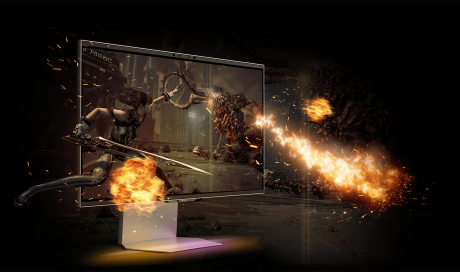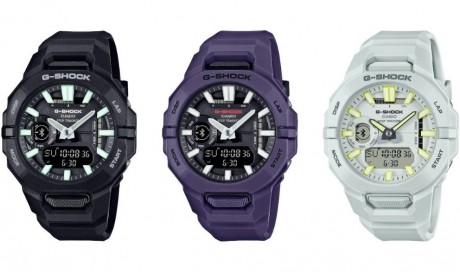Display and sound
Stop me if you've heard this before: The iPhone 8 uses a 4.7-inch IPS LCD screen running at 1,334 x 750, while the 8 Plus has a 5.5-inch, 1080p display. Those are exactly the same sizes and resolutions we've seen in earlier models, and the similarities don't stop there. Both of these new screens adhere to the wide, DCI-P3 color gamut like the iPhone 7 did, and neither of the iPhone 8 displays are brighter or higher-contrast than last year's versions. In other words, the screens used in the iPhone 8 and 8 Plus are mostly the same as the ones they were meant to replace.
Apple transplanted one of the iPad Pro's most helpful features into its new phones. It's called True Tone, and it uses an ambient light sensor to interpret your current lighting conditions and tweak the display's color temperatures to keep whites and colors looking balanced no matter where you are. You're encouraged to turn the feature on during initial setup, and I'm with Apple on this one: You should have it on. Sure, objectively speaking, the feature makes the display less accurate -- as I write this, I'm in our dim studio and the iPhone 8 has adjusted its display to be a little warmer than normal. The flip side is that the colors I see now seem a little more accurate in this context, and everything is generally easier on the eyes too.
While we're on the subject of colors, I can't help but be disappointed that neither of these new phones supports HDR content. Services like Amazon Prime and Netflix have slowly been making these extra-punchy videos more accessible, and I've recently been spoiled by screens in devices like the Galaxy Note 8 and the LG V30. The iPhone X will pack full HDR support when it goes on sale later this year, but for now we're stuck with the iPhone 8's wide color gamut. As with last year's models, this expanded color space gives certain visuals (like photos taken with these updated cameras) a little extra oomph and liveliness. In particular, reds and yellows tend to pop a little more dramatically, while blues appear smoother and deeper. Landscape shots benefit most from this expanded color space, but no one could blame you if you found some of these changes hard to notice.
You'll definitely notice a difference in sound quality, though. The iPhone 8 and 8 Plus use a louder, more powerful set of stereo speakers than the ones we got last year. Apple says they're around 25 percent louder than before, and honestly, there's no way my ears are ever going to be that discerning. Still, louder is always better in my book, and my podcasts and music came through with more volume and a little more clarity. It would've been nice if these new iPhones packed a more immersive speaker setup (e.g., like the four-driver array used in the iPad Pros), but at least the speaker in the earpiece is better able to keep up with the main speaker on the phones' bottom edges.
...[ Continue to next page ]
Share This Post

